Opioid Overdose Response and Prevention Resources
Discover how to effectively respond to opioid overdoses with our comprehensive resource guide. Learn essential overdose prevention techniques, the correct application of a naloxone, and become a vigilant guardian in your community.
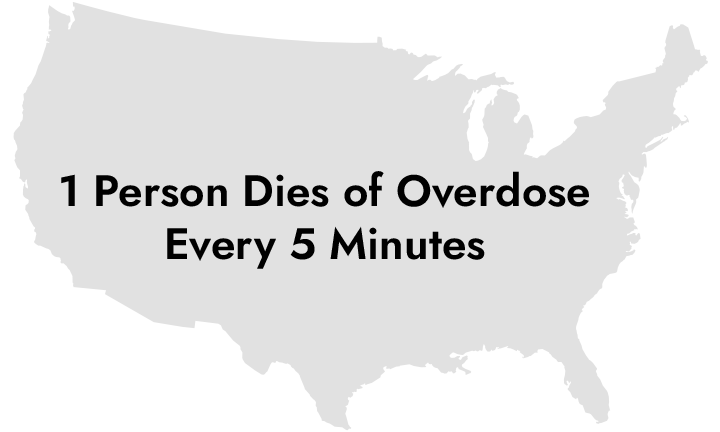
Provisional data from CDC’s National Center for Health Statistics indicate there were an estimated 107,543 drug overdose deaths in the United States during 2023.1,2
Research shows that bystanders are present in over a third of opioid overdoses and can prevent fatalities with the right resources.3
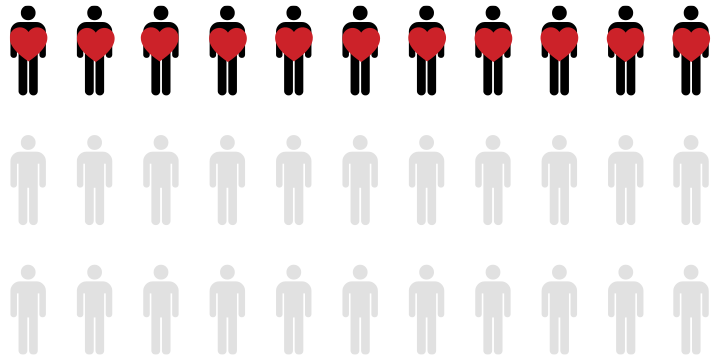
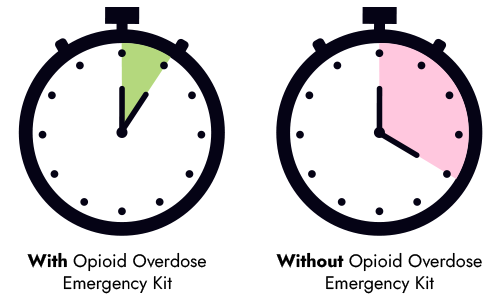
Access to opioid overdose emergency kits can reduce emergency response times by up to 75%, improving intervention effectiveness in critical situations.4
Opioid Treatment Program Directory
Search by state to find treatment programs that are accredited to treat opioid use disorders such as prescription pain medications and heroin.
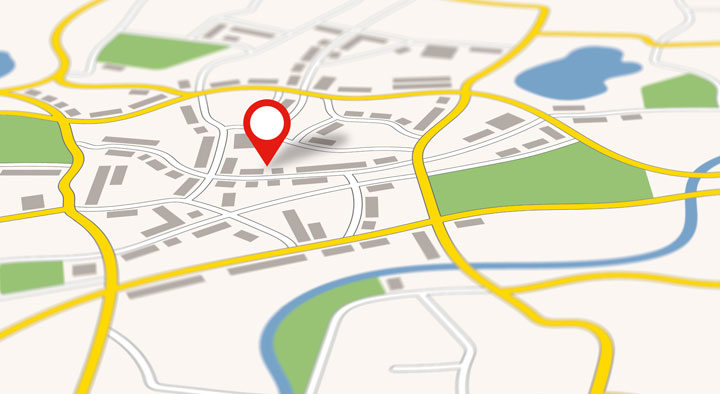
Overdose Signs

Knowing what an opioid overdose looks like and how to treat it is essential. Administer naloxone and call 911 immediately if a person exhibits any of the above overdose signs.
Overdose Signs
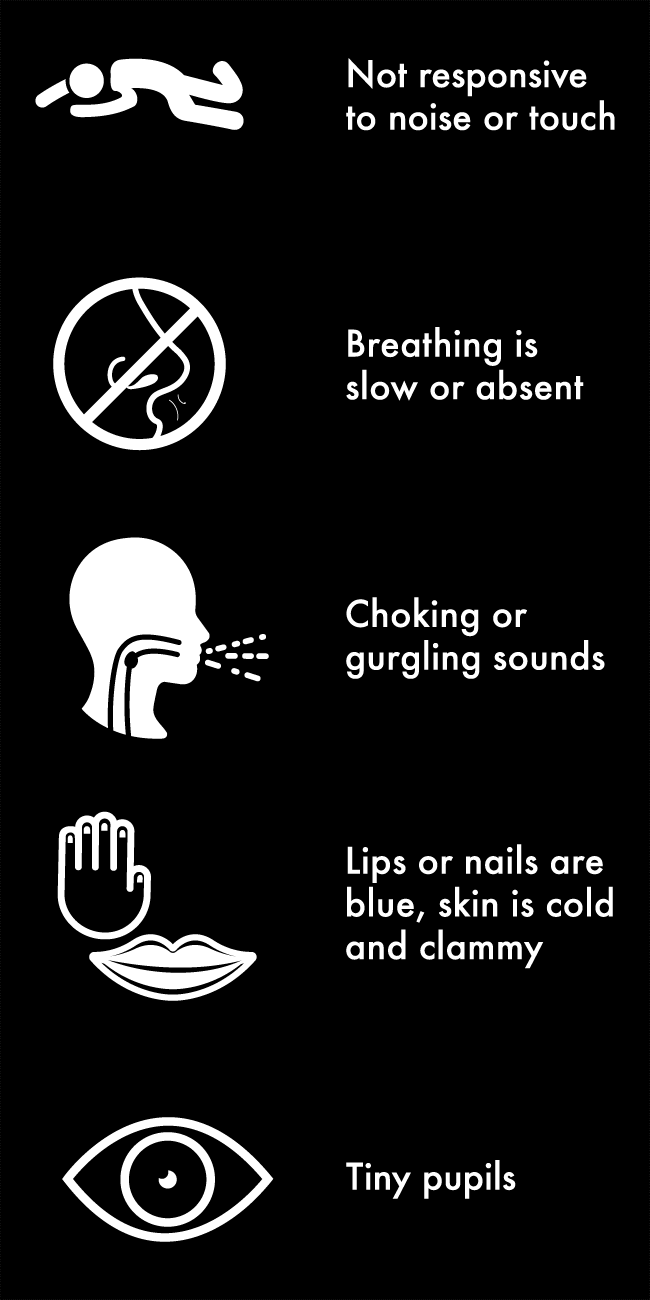
Knowing what an opioid overdose looks like and how to treat it is essential. Administer naloxone and call 911 immediately if a person exhibits any of the above overdose signs.
Key Support and Information for Opioid Overdose Prevention
- SAMHSA’s National Helpline: This helpline provides 24/7, free, and confidential treatment referral and information services for individuals and families facing mental and/or substance use disorders. Visit SAMHSA’s website.
- 988 Suicide & Crisis Lifeline: This resource offers 24/7 crisis support for those in distress, focusing on mental health crises and suicide prevention. Visit 988 Suicide & Crises Lifeline’s website.
- National Harm Reduction Coalition: This organization provides resources on harm reduction strategies, including overdose prevention, access to naloxone, and safer drug use practices. Visit National Harm Reduction Coalition’s website.
- DEA Recovery Resources: The DEA offers a comprehensive guide on recognizing the signs of addiction, finding treatment, and accessing recovery resources. Visit DEA Recovery Resources page.
- HHS Overdose Prevention Strategy: The U.S. Department of Health & Human Services provides various resources, including links to treatment facilities and educational materials about overdose prevention. Visit HHS’s website.
Latest News in Opioid Safety
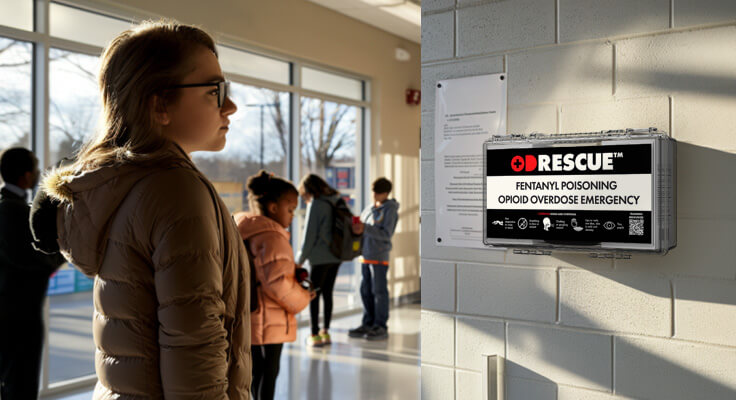

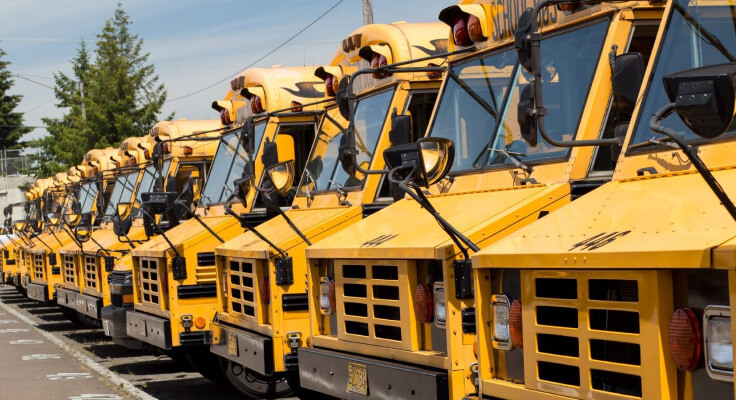

Understanding Naloxone
According to the Centers for Disease Control and Prevention (CDC), naloxone is a medicine that can help people who are overdosing on an opioid. Naloxone, the active ingredient in opioid reversal agents, competes with opioids to bind with the same receptors in the brain, reversing the effects of an opioid overdose in as little as 2 to 3 minutes.
References
- U.S. Overdose Deaths Decrease in 2023, First Time Since 2018
www.cdc.gov/nchs/pressroom/nchs_press_releases/2024/20240515.htm
Accessed July 2024 - U.S. Overdose Deaths In 2021 Increased Half as Much as in 2020 – But Are Still Up 15%
www.cdc.gov/nchs/pressroom/nchs_press_releases/2022/202205.htm
Accessed July 2024 - Vital Signs: Characteristics of Drug Overdose Deaths Involving Opioids and Stimulants — 24 States and the District of Columbia, January–June 2019
www.cdc.gov/mmwr/volumes/69/wr/mm6935a1.htm
Accessed July 2024 - The Effect of Overdose Education and Naloxone Distribution: An Umbrella Review of Systematic Reviews
ajph.aphapublications.org/doi/epub/10.2105/AJPH.2021.306306
Accessed July 2024
